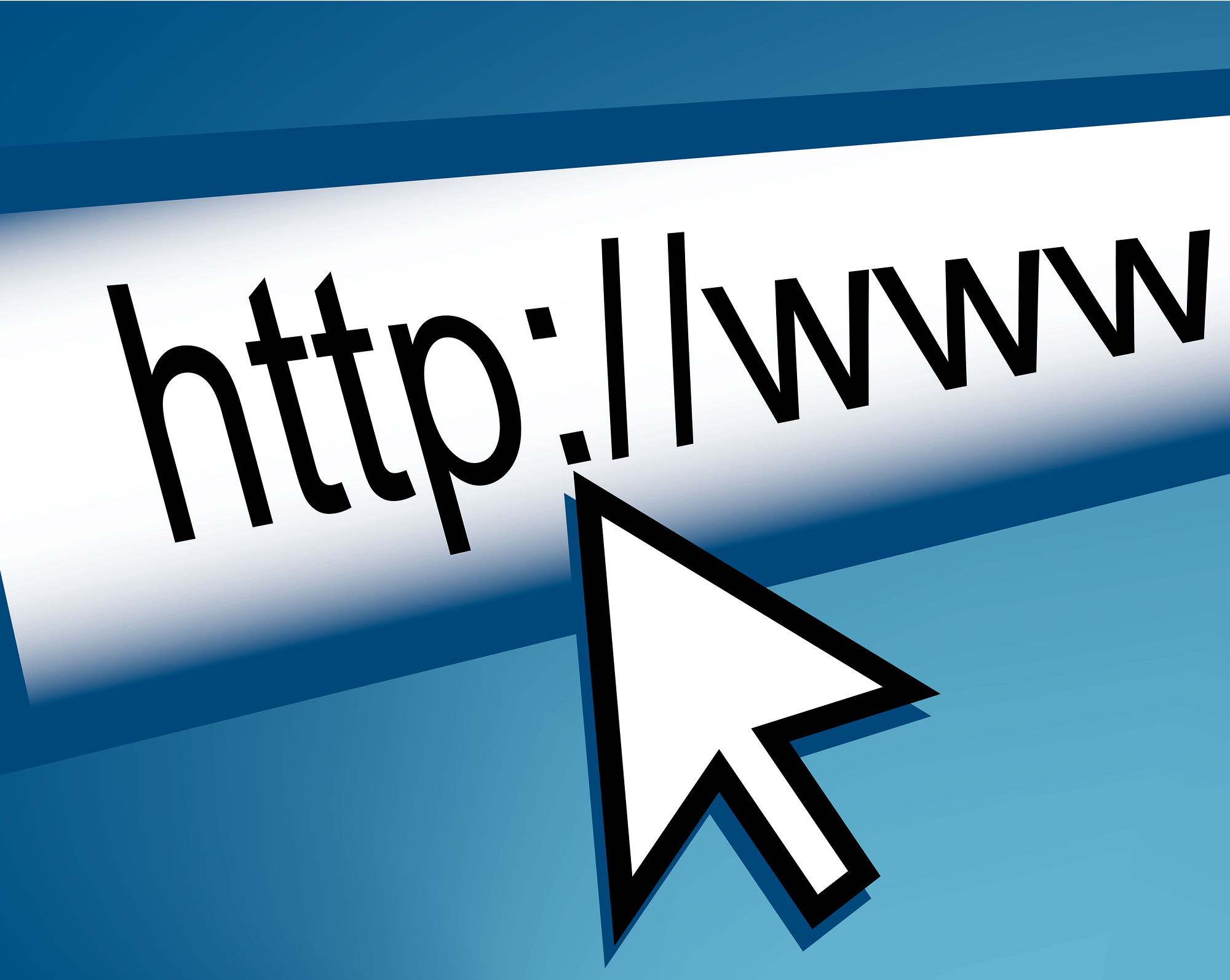In today’s digital age, internet access is a necessity. It connects us to opportunities, vital services and the world around us. But some Americans remain unconnected — many because they can’t afford broadband.
Congress created the Affordable Connectivity Program (ACP) in 2019 to bridge this digital divide by giving lower-income households a $30 monthly discount on broadband service. But there’s a problem: ACP’s funding will run out next summer. At the same time, other federal broadband programs that fail to help consumers as much are still soaking up tens of billions of dollars yearly. Moving money from old, deployment-centric programs to the ACP will help ensure affordable connectivity for all.
Broadband has come a long way in the last decade. The United States now boasts some of the best broadband deployment and speeds, thanks to private investment and federal subsidies. But, some rural areas are still stuck on the wrong side of the digital divide because of a lack of deployment. That’s where the new Broadband Equity, Access, and Deployment (BEAD) program comes in.
The BEAD program is a game-changer. It’s so big — more than $42 billion — that it should render obsolete other deployment programs like the Universal Service Fund’s high-cost programs and the Department of Agriculture’s ReConnect program. That’s why federal broadband money would be better targeted at the remaining causes of the digital divide, like those addressed by ACP.
The ACP is the right way to promote broadband affordability. It directly supports individuals who can’t afford broadband and lets them choose the type of service and plan they get.
But there’s a catch. The ACP doesn’t have sustainable funding like other broadband programs. The initial $17 billion allocated in 2021 will dry up, probably within the next year. If funding lapses, it would break trust and leave vulnerable households in the dark.
And the value of a broadband connection extends past the household it connects. Everyone benefits when more people get online, and greater connectivity enables things like e-government, telework and the digital economy. Higher broadband access rates across the board help grow and stabilize the economy for all of us. Since one of the internet’s most significant selling points is cheaper, more convenient access to critical resources like healthcare, people with the fewest resources to start with — people disproportionately offline — are being excessively harmed as long as they stay offline.
We need Congress to step up and allocate $5 billion to $6 billion to keep ACP going. But luckily, that’s about the same amount as what now-obsolete programs spend every year. Recognizing the need for new broadband funding priorities doesn’t need to mean more overall spending. We can, instead, shift our future spending to where it’s needed.
It’s time to take charge of our broadband mess and make affordable internet accessible to all Americans. We can bridge the digital divide by discontinuing outdated programs, redirecting funds to sustain the ACP and addressing non-financial barriers. Let’s connect communities, empower individuals and build a future where affordable connectivity is a reality for everyone.



